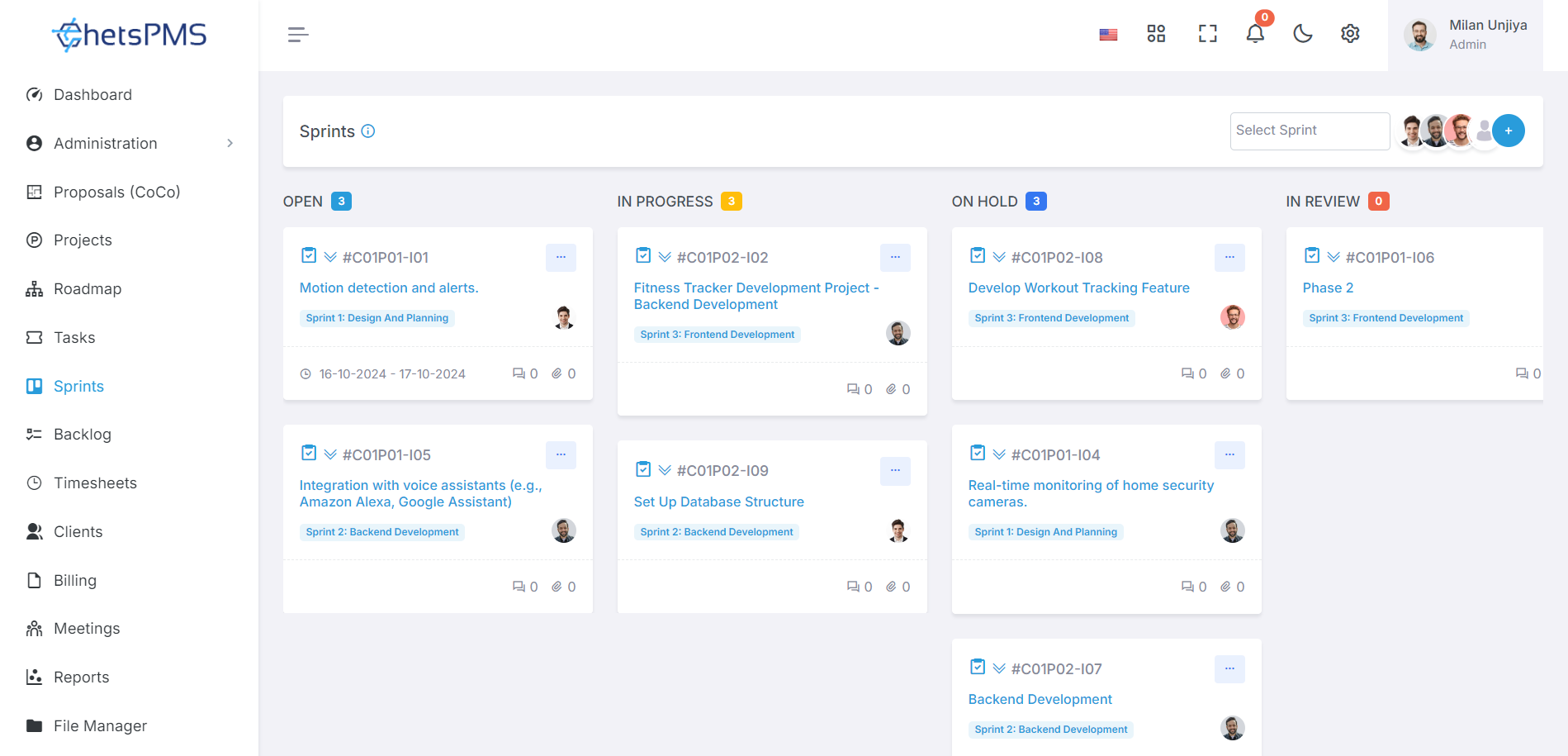Sprint Planning In Kanban – What Is It And How To Do It?

You're probably familiar with sprint planning in Scrum, but did you know you can do something similar using the Kanban methodology? Absolutely! In this post, we'll delve into Kanban sprint planning, what it involves, and how to go about it.
But before we get into the specifics of Kanban sprint planning, let's first understand the basics of sprint planning itself.
What is Sprint Planning?
Sprint planning is a fundamental aspect of the Scrum methodology. It involves breaking projects into smaller, manageable deliverables, each with its own designated timeframe for completion. These time-constrained tasks are collectively referred to as a Sprint.
During sprint planning in Scrum, teams collaborate to determine the amount of work to be accomplished within a set period, typically by identifying and prioritizing items from the product backlog. This process typically involves the entire Scrum team, including the Scrum master, product owner, and developers.
The team identifies the tasks to be completed, sets sprint goals, and plans the necessary steps to ensure a smooth workflow. A Scrum board is often used to visualize the workflow, tracking tasks as they move from the backlog, through work in progress (WIP), to completion.
What is Kanban Methodology?
Similar to Scrum, Kanban methodology involves breaking down complex projects into smaller tasks. However, Kanban utilizes Kanban boards for visualizing the workflow.
The main distinction between Scrum sprints and Kanban boards is that while Scrum focuses on limiting the time required to complete a task, Kanban limits the amount of work allowed in progress (WIP) at any given time.
Why Integrate Sprint Planning with Kanban?
While Scrum and Kanban operate on different principles, they share several similarities and points of intersection. Instead of viewing them as opposing methodologies, integrating sprint planning with Kanban can revolutionize how you organize and manage workflows.
Both Scrum and Kanban prioritize continual process improvement and emphasize optimizing performance for better results. They also share the practice of visualizing work in progress to ensure transparency and progress tracking.
By integrating Kanban with sprint planning, teams gain insights into their capacity for additional work during a sprint. This method can help identify gaps in the process and facilitate improvements.
Flow-Based Sprint Planning:
Flow-based sprint planning, also known as Kanban sprint planning, involves using flow metrics to forecast sprints. These metrics, such as work in progress (WIP), cycle time, work item age, and throughput, reflect the team's performance and health.
Monitoring these metrics helps teams identify areas for improvement and optimize their workflow. Integrating Kanban with sprint planning enhances workflow clarity and boosts team efficiency and productivity.
How to Do Sprint Planning with Kanban?
In Kanban sprint planning, teams limit the number of tasks or work items in progress using WIP limits on the Kanban board. This ensures a focus on completing tasks within a specified timeframe.
By controlling the number of work items and using a pull system, teams can effectively manage their workflow and improve communication and collaboration.
How to Use Scrum and Kanban Together?
Scrumban, a hybrid approach combining Scrum and Kanban, offers the agility of Scrum with the simplicity of Kanban. This approach allows teams to experiment with leaner methodologies while retaining the structure of Scrum.
By combining the best elements of both methodologies, Scrumban provides teams with flexibility and adaptability, making it easier to implement and manage projects.